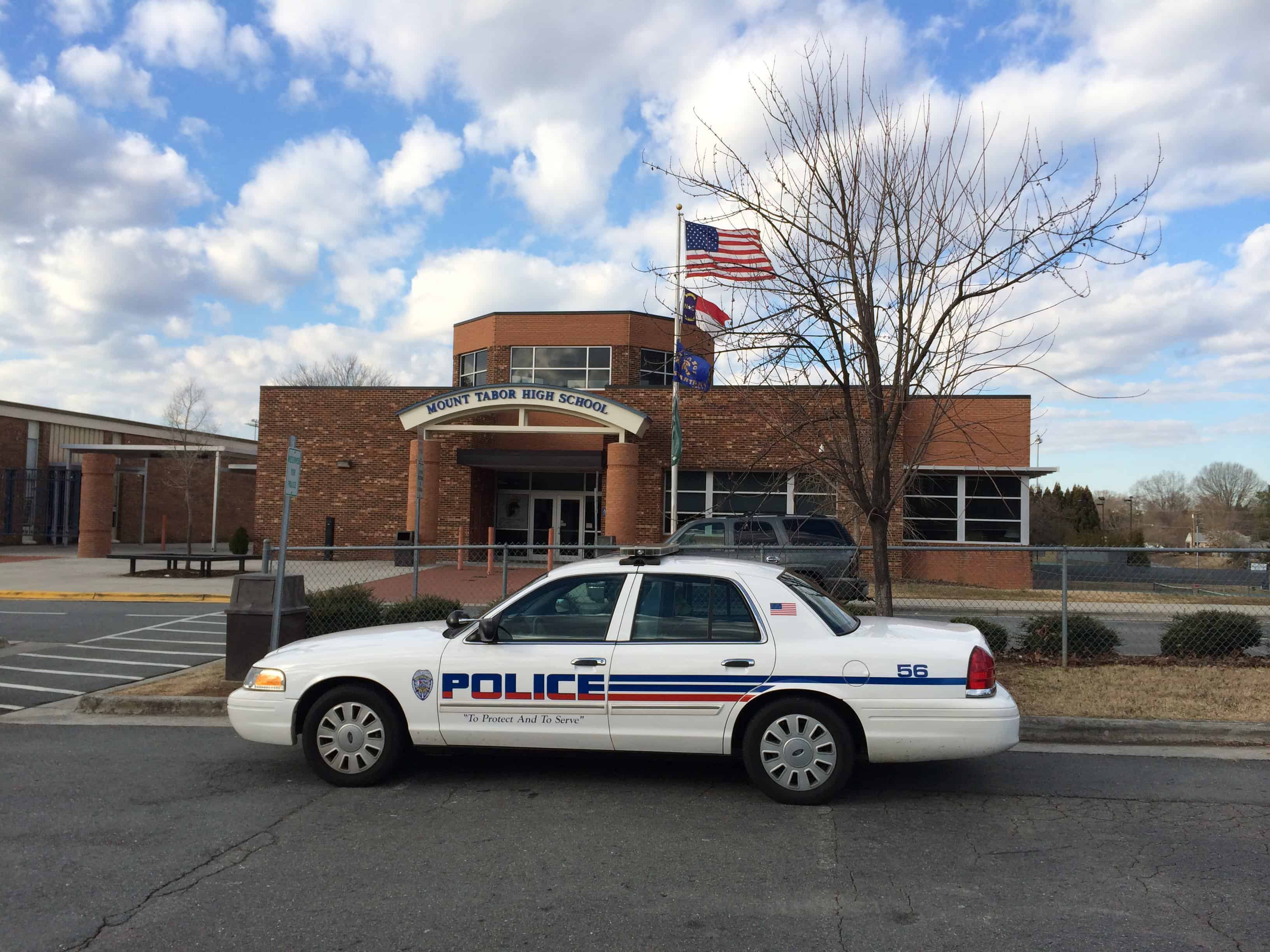
Across North Carolina and the country, school boards and superintendents, school administrators and teachers, parents and community leaders have acknowledged that suspending children from school for violations of school rules should be a last resort. Many districts are reconsidering their approaches to student discipline.
The reasons for this are many. Among them is compelling evidence that a zero tolerance approach – and suspension generally – is not only less effective than had been hoped, but potentially harmful not only to the students receiving the suspension but to the broader school community. A wide array of education leaders is looking carefully at the research on suspension, which confirms the correlations between suspension and poor outcomes for students. Indeed, since 2011, North Carolina has prohibited mandatory long-term suspensions and expulsions except when required by state or federal law.
Many school districts are striving to implement and embrace alternatives to suspension. They are particularly focused on alternatives that will respond appropriately and effectively when students misbehave, while keeping the students in school and moving forward educationally and behaviorally.
During the 2013-14 school year, North Carolina students missed more than 650,000 school days due to suspension. Nationally, more than 3.8 million students, about nine percent of the school-age population, are suspended annually. Although suspension is one of the most widely used school discipline techniques, school officials and education experts increasingly criticize suspension and its negative effects on both suspended students and schools as a whole. Fortunately, alternatives exist that can improve student behavior, maintain school safety, and enhance academic achievement.
Our new report, Instead of suspension: Alternative strategies for effective school discipline, describes 11 effective approaches to student misconduct that minimize exclusion of children from school. Many of these approaches are already used in North Carolina schools; others are used in communities around the country. Many have been rigorously studied and shown to have positive results.
With leadership from the top, school discipline can change from a system of punishment to a system of student development.
Given the strong system of local control of education in North Carolina, individual school boards and administrators have tremendous power to facilitate changes in the approach to school discipline in their districts. With leadership from the top, school discipline can change from a system of punishment to a system of student development. Well-chosen alternatives to suspension can simultaneously diminish the negative outcomes of harmful discipline policies, boost student achievement, reduce student misconduct, and maintain safe and orderly schools.
The approaches fall into three categories. First are programs that seek to improve the culture within an entire school. They rely on professional development to allow all staff to work together to implement positive behavioral interventions and instructional strategies to replace more punitive measures. The best known and most thoroughly researched of these programs are Positive Behavioral Interventions and Support (PBIS) and Safe and Responsive Schools (SRS).
Second are programs that teach individual professionals better skills in behavior management and student discipline. These include research-based programs, such as My Teaching Partner, that target teachers, training them in adolescent development and effective student-teacher interactions. Other programs focus on School Resource Officers, likewise training them in adolescent development and conflict resolution. Yet another program, Objective Threat Assessment, teaches school administrators to better assess purported threats in order to avoid suspending students who do not pose real safety risks.
Third are approaches that change the response of schools to misbehavior by individual students. These approaches either replace school suspension with another type of response to misconduct or offer alternative activities to students during times of suspension. Most aim to help students avoid future misconduct, and some rely on community partners. Examples are Restorative Justice, Substance Abuse Treatment, Community Service, Community-School Partnerships, and Alternative Schools.
Another strategy, Policies Reducing the Use of Suspension as a Discipline Tool, can complement any of the above approaches. With leadership from the local board of education, often in collaboration with community groups, school districts can rethink the appropriateness of school suspension as the default response to misconduct.
Using more effective approaches to problem behaviors can reduce the likelihood of unemployment, court involvement and other negative outcomes with high societal price tags
In selecting the programs and strategies to highlight in the report, we considered both costs and whether the program is supported by evidence. While we recognize that funding is always limited, districts may be able to secure support through private philanthropy or find free community support for some programs. Moreover, decision-makers should realize that replacing suspension with other strategies can ultimately yield cost savings while also accomplishing the goal of reducing the reliance on suspensions as a disciplinary practice. Using more effective approaches to problem behaviors can reduce the likelihood of unemployment, court involvement and other negative outcomes with high societal price tags.
Policymakers, practitioners, and funders alike are increasingly asking for “evidence of what works.” As district leaders and others consider which strategies to pursue, we encourage them to consider the evidence of effectiveness as well as the experience of other school districts and the resources needed to implement a particular strategy. Asking the three following questions may be useful:
- Do the stakeholders of the school and/or school district fully support the strategy or strategies under consideration?
- Do the experiences of other similar schools and school districts suggest that the strategies will be effective in this school or district?
- Does the school/district have (or can it secure) adequate resources to support effective and consistent implementation of the strategy or strategies?
School board members, school and school district administrators, and other education stakeholders need to be aware of the range of options for addressing discipline challenges. Identifying alternatives to suspension is a critical step in preventing and reducing suspensions, but it is only a first step.
Practitioners and policymakers from across the political spectrum need to pursue strategies that keep schools and communities safe while also providing all students with the support they need.
Here is a full copy of the report: Instead of suspension: Alternative strategies for effective school discipline


